Launched 20 February 1986 Founded 1986 | Closed 12 April 1992 Owned by Mediaset | |
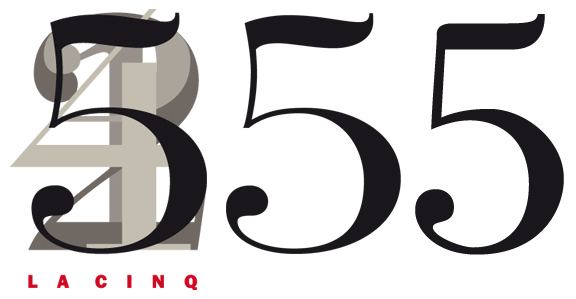 | ||
Audience share 13% (1989, Mediametrie) Slogan "Cinq you La Cinq!" (1987)"Cinéma ou télévision, La Cinq, tous les soirs un film" (1988)"La Cinq, la télé qui ne s'éteint jamais" (1989)"L'information sans concession, c'est sur La Cinq!" (1990)"La 5, c'est 5 sur 5" (1991)"Faites la chaîne pour votre chaîne" (1992) | ||
Archive tv la cinq continuit
La Cinq (The Five) was France's first privately owned free terrestrial television network. Created by politician Jérôme Seydoux and Italian media mogul Silvio Berlusconi, the network broadcast from 1985 to 1992.
Contents
- Archive tv la cinq continuit
- Pre launch 19851986
- Launch 1986early 1987
- Childrens programming
- Decline late 19871992
- Bankruptcy and liquidation
- References
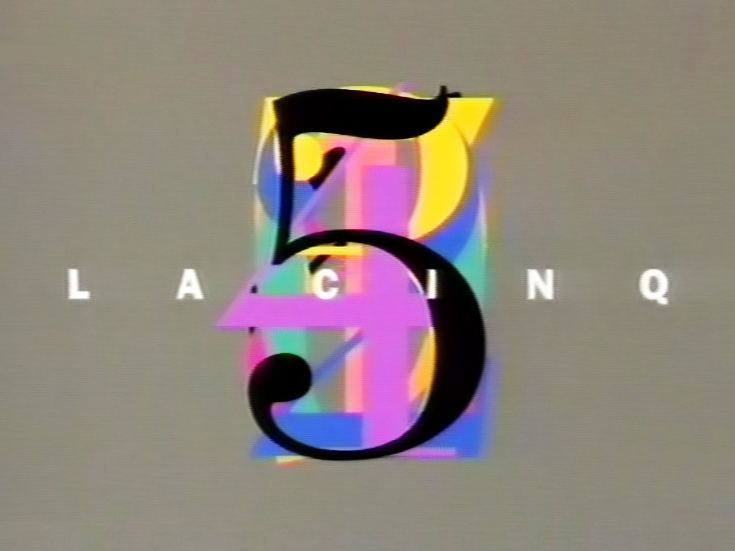
The contract for France's fifth terrestrial network, which was supposed to have been in effect for an 18-year term, was granted to Seydoux and Berlusconi in November 1985. Programming began on 20 February 1986 at 8:30 pm; the first program on La Cinq was Voilà la Cinq, which was taped at Mediaset's studios in Milan, Italy.
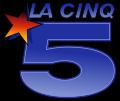
Pre-launch (1985–1986)
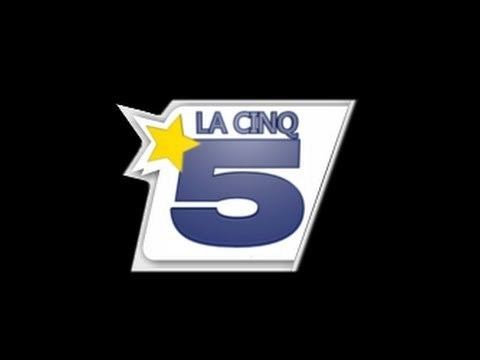
On 20 November 1985, the government granted an 18-year concession to France Cinq, allowing them to operate the fifth national television network. This decision was criticized by the Minister of Culture and some of the President's advisers, who wanted to see cultural programming, and by the Haute Autorité de la Communication Audiovisuelle, which did not approve of the conditions but had no power to change them. At a press conference on 22 November 1985, Jérome Seydoux and Silvio Berlusconi presented the focus and style of the programs that would be broadcast on the future fifth television channel. In response to critics who accused them of wanting to create "Coca-Cola" TV, Berlusconi, who developed La Cinq’s programming from his catalogs, replied that the channel would be “neither Coca-Cola TV, nor spaghetti TV, but rather Beaujolais TV, a Saturday champagne. He also promised to feature well-liked TV or film stars.
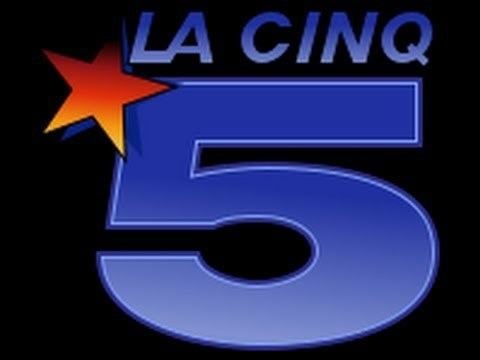
Determined to block this project, 60 senators had the Constitutional Council declare "The Eiffel Tower Amendment" (fr: amendement Tour Eiffel) unconstitutional on 13 December 1985. This forced the government to draft a new bill, which was accepted by Parliament on 21 December. On 16 January 1986 the Compagnie Luxembourgeoise de Radiodiffusion (CLT) unsuccessfully attempted to have the Council of State cancel the concession agreement; instead the government gave the CLT the right to use one of the two remaining free channels of the future TDF 1 satellite. On 20 January 1986 Silvio Berlusconi presented the programs of his future commercial channel, officially known as La Cinq, to journalists, industrialists and advertisers in order to convince them to buy advertising airtime to finance the channel. The next day, the police were forced to intervene in order to allow TDF technicians to come install La Cinq’s transmitters at the top of the Eiffel Tower, after the City of Paris refused to do so for security reasons.
Launch (1986–early 1987)
After three months of animosity and a month of technical testing, La Cinq was finally able to start broadcasting on Thursday 20 February 1986 at 20:30, airing an introductory broadcast entitled Voila la Cinq, which had been recorded in the Fininvest Group’s Milan studio. Up until midnight, Christian Morin, Roger Zabel, Amanda Lear, Ėlisabeth Tordjman and Alain Gillot-Pétré hosted major French stars (Johnny Hallyday, Serge Gainsbourg, Mireille Mathieu, Charles Aznavour) as well as international stars like Ornella Muti, who had been invited by Silvio Berlusconi to support a show that would be able to compete with TF1 or Antenne 2. For the next few weeks, the programming consisted of game shows and variety shows like Pentathlon, C’est beau la vie, and Cherchez la femme, which had been adapted from successful shows on Silvio Berlusconi’s Italian network, Canale 5, and had also been influenced by French magazines like Mode. The programs were repeated every four to five hours and had up to three commercial breaks per show. The first hosts had formerly been presenters on TF1 (Christian Morin), Antenne 2 (Alain Gillot-Pétré, Roger Zabel and Élisabeth Tordjman), or one of Berlusconi’s Italian networks (Amanda Lear). A continuity announcer presented the programs.
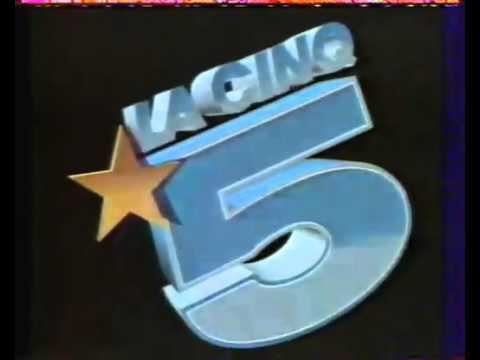
Starting in February 1986, American TV series aired during daytime and late night programming. Most of these series were familiar to viewers, because they were broadcast on other French networks in the 1960s and 1970s: Diff'rent Strokes, Happy Days, Mission: Impossible, The Twilight Zone, Star Trek, The Dukes of Hazzard and Wonder Woman.
Children's programming
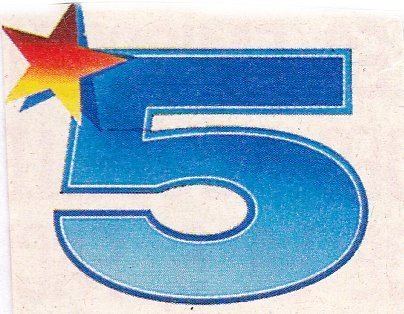
La Cinq's children-oriented programming block, Youpi! L'école est finie ("Hooray! School's over!"), began broadcasting on 2 March 1987, and would last until the channel's dissolution. Broadcasting in the morning between 7 and 9 AM and in the evening between 5 and 6 PM, the block was notable for airing numerous anime series, including Princess Sarah, King Arthur, Esper Mami, Nadia: The Secret of Blue Water, Hello! Sandybell, Pastel Yumi, the Magic Idol, Hikari no Densetsu, Lady!!, Story of the Alps: My Annette, Robotech (an American-Japanese co-production), Creamy Mami, the Magic Angel, Captain Tsubasa, Persia, the Magic Fairy, Attacker You!, Blue Blink, Ganbare, Kickers!, Ai Shite Knight, Katri, Girl of the Meadows, Tales of Little Women, The Swiss Family Robinson: Flone of the Mysterious Island, Ohayō! Spank, Kimagure Orange Road, Hiatari Ryōkō!, Touch, Tsurikichi Sanpei, La Seine no Hoshi, Queen Millennia, Wing-Man, Nobody's Boy: Remi, Grendizer, Candy Candy, Georgie!, Magical Princess Minky Momo, and Clémentine (a Franco-Japanese co-production). Many of the Youpi! series were also aired in Italy as they had been licensed by Fininvest. The block helped popularise Japanese animation in France — it was sufficiently prominent in 1989 to be a target of criticism by then-representative Ségolène Royal.
Decline (late 1987–1992)
Beginning in 1987, La Cinq ran into serious financial problems that would later be escalated by the early 1990s recession. Robert Hersant took over the channel in February 1987 and would remain the channel's president until September 1990, when Fininvest sold the channel to Hachette. In 1989, the channel's audience share peaked at 13.0%.
After Yves Sabouret and Hachette took over control of La Cinq in the fall of 1990, the channel's audience share declined to 11.7%. On 2 April 1991, the channel's second and final logo was introduced. Instead of trying to reduce the channel's budget deficit, Hachette commissioned an abundance of newer television series, including American import Twin Peaks and the game show Que le meilleur gagne. The continued commission and production of newer programmes by La Cinq increased the channel's budget deficit significantly; by mid-1991, the channel's deficit amounted to 3.5 billion francs.
Bankruptcy and liquidation
On 17 December 1991, in a cost-cutting move, the channel laid off 576 employees, which amounted to nearly 75% of the channel's staff. This did not have any effect on the channel, as it would file for bankruptcy only fourteen days later. On 3 January 1992, the channel was placed into legal redress due to its inability to repay its entire debt. Later that month, Berlusconi proposed a plan involving an increase in capital that would have saved the channel. Due to governmental pressure, Berlusconi's plan was withdrawn on 24 March.
As a result of the withdrawal of the rescue plan, on 3 April 1992, the tribunal de commerce of Paris announced that La Cinq would be liquidated; the network closed down permanently on 12 April 1992 at midnight, following its final program, Vive La Cinq, which was viewed by between 6 and 7 million viewers. It was on the same date that Disneyland Paris opened as the Euro Disney Resort. The channel's final images before closing down entirely were a planet with the number 5 rotating around it being blocked by a larger planet as the opening to "Also Sprach Zarathustra" was heard, followed by a text slide that said, La Cinq vous prie de l'excuser pour cette interruption définitive de l'image et du son ("La Cinq would like to apologise for the permanent loss of picture and sound"), followed by another slide that simply said, C'est fini ("It's over").
It would be almost two years before the network's infrastructure was reactivated as a public educational channel, La Cinquième (now France 5).
